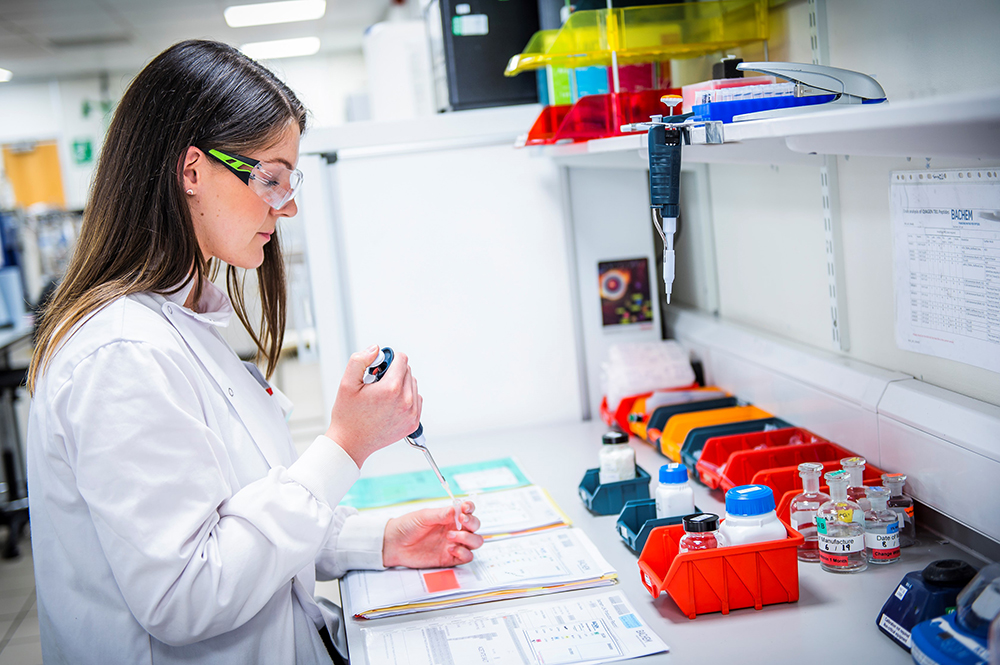The European Union’s Classification, Labelling, and Packaging (CLP) Regulation is undergoing a significant amendment, bringing about notable changes in chemical labelling requirements. These amendments aim to enhance safety measures, improve readability, and accommodate technological advancements while ensuring compliance with global standards. Let us delve into the key alterations and their implications for chemical manufacturers and sellers.
Fold Out Labels: A Wider Scope
One of the prominent changes is the extension of fold out labels beyond small or awkwardly shaped packs. Now, fold out labels are permitted in all cases, provided normal labelling regulations cannot be adhered to or the Globally Harmonized System (GHS) does not apply. This expansion offers greater flexibility in labelling, especially for products with complex packaging designs.
Font Size Specifications: Enhancing Readability
Font sizes have n in millimetres, tailored to different pack sizes. This change ensures that crucial information is easily legible, promoting safety and compliance. From 1.2mm for packages less than 0.5L to 2.0mm for packs greater than 50L, the regulations prioritise readability across various product volumes.
Compromise for Inner Packaging
Acknowledging the challenges posed by tiny inner packaging, where contents are less than 10ml, a compromise has been made to allow smaller fonts. This provision strikes a balance between readability and practicality, catering to the unique needs of certain products.
Revival of Label Formatting
While some changes bring flexibility, others reintroduce strict formatting requirements. Text must now be printed in black on a white background, with specific guidelines for line spacing, font type, and letter spacing. This uniformity aims to enhance clarity and consistency in labelling practices.
Incorporating Digital Labelling
Recognizing the advancements in digital technology, the amendment allows for digital labelling to a certain extent, albeit voluntarily. While the specific elements eligible for digital labelling have not been outlined, this provision reflects a progressive approach towards integrating digital solutions in chemical labelling processes.
Group Labelling Based on Scientific Justification
Another notable change permits labelling to cover groups of substances rather than individual substances, provided there is scientific justification. This streamlining of labelling requirements reduces redundancy and aligns with risk-based approaches, facilitating more efficient compliance.
Navigating the Evolving Landscape
The amendment to the EU CLP Regulation introduces a blend of flexibility, clarity, and technological adaptation in chemical labelling practices. While the extension of fold out labels and font size specifications enhance accessibility, the revival of label formatting and incorporation of digital labelling underscore the importance of standardisation and innovation. As chemical manufacturers and sellers navigate these changes, staying abreast of regulatory updates and embracing technological advancements will be crucial for ensuring compliance and promoting safety in the handling and use of chemical products.
Contact the Dura-ID Solutions team on 0114 242 2111 or see us at ChemUK on Stand H94 so you can talk through your worries and ensure your labels will meet the updated legislation.









